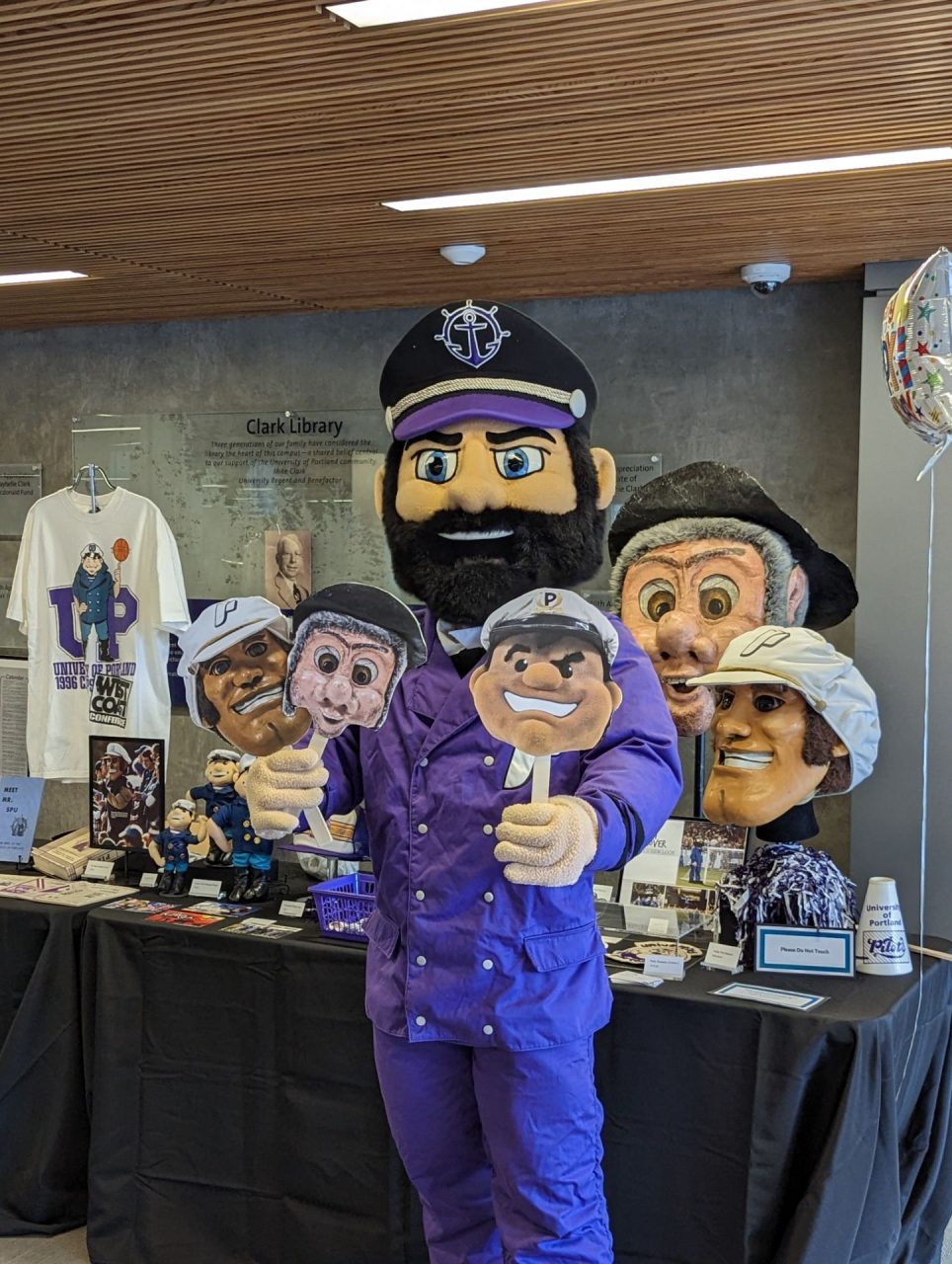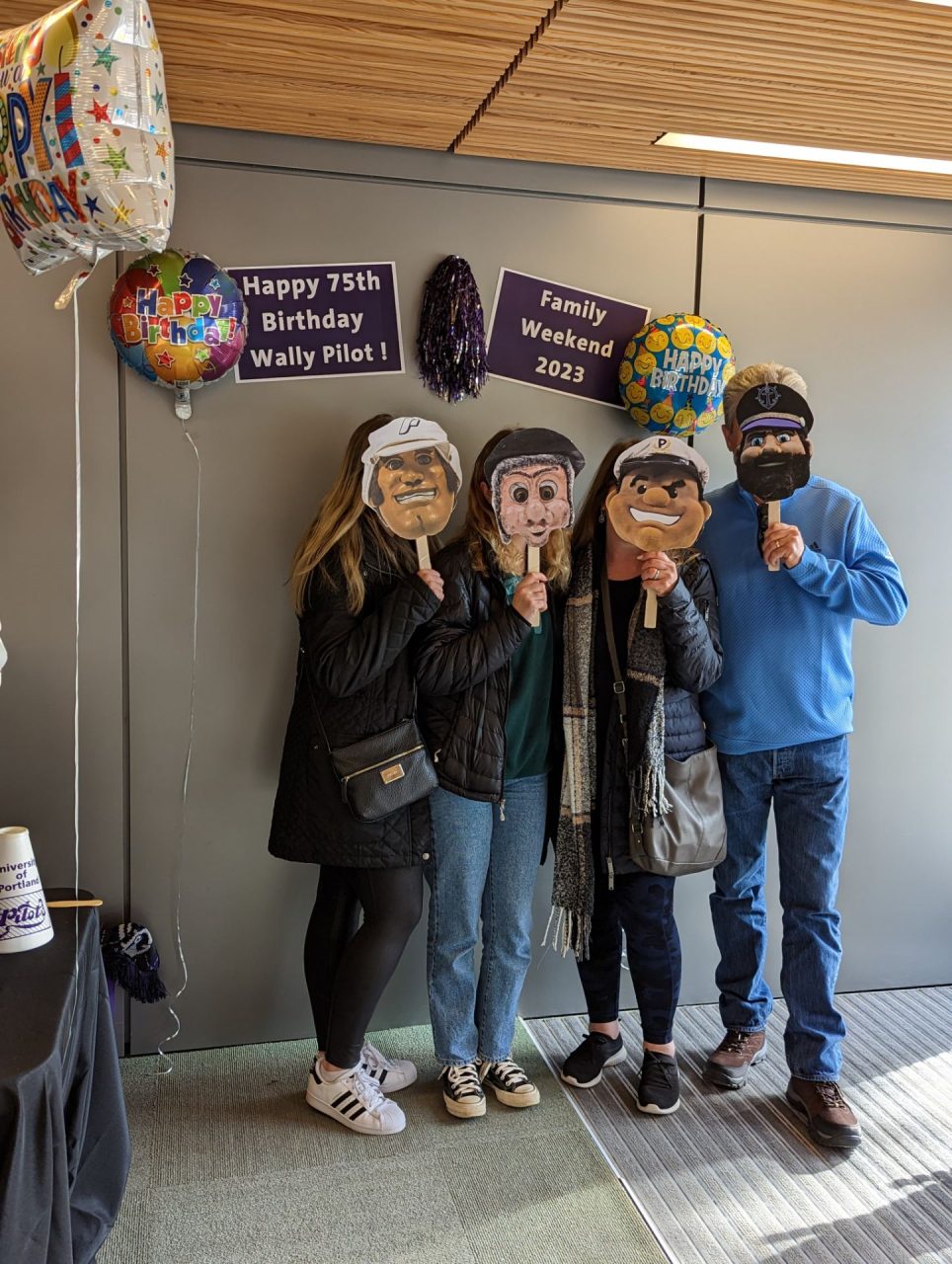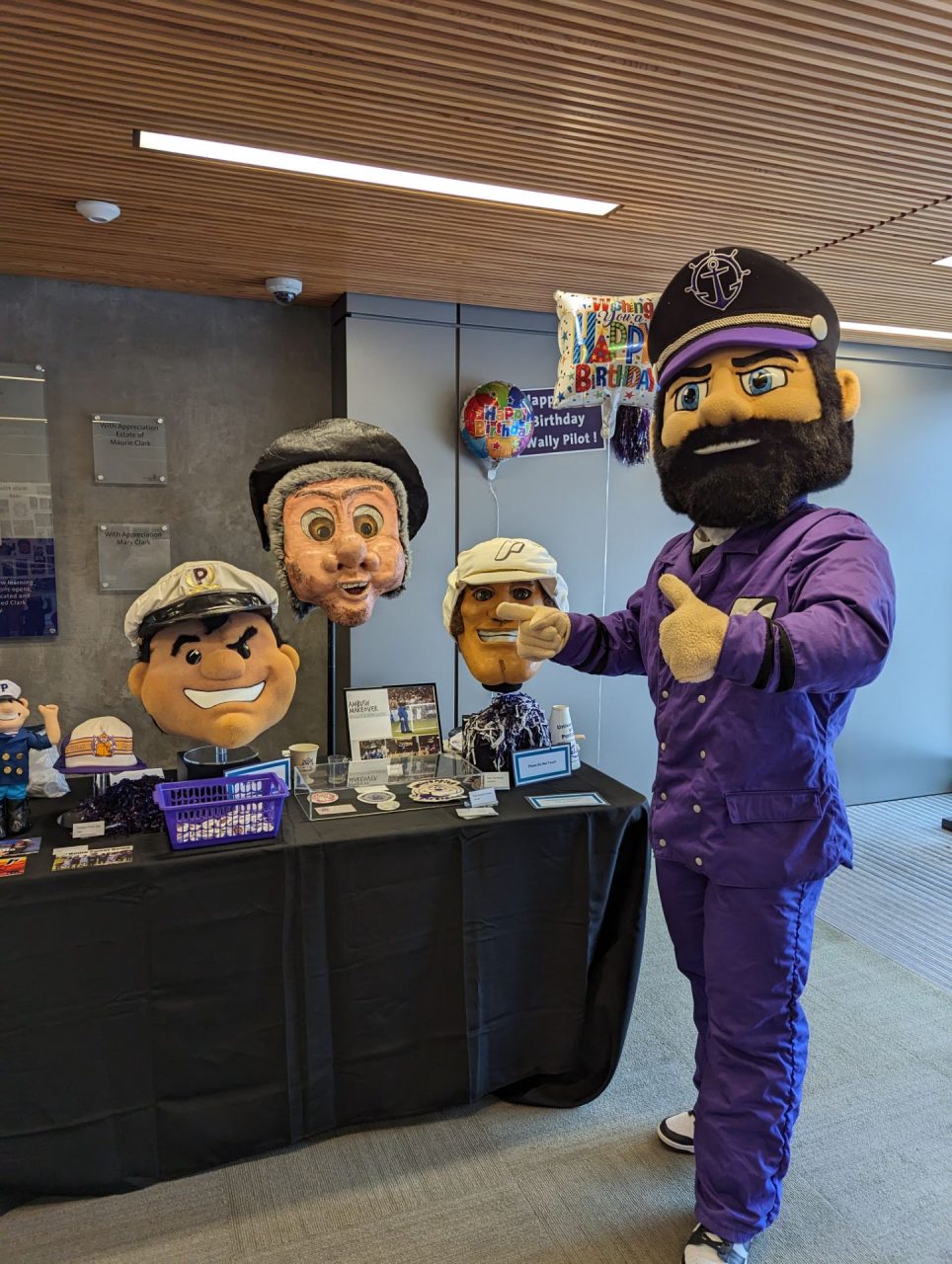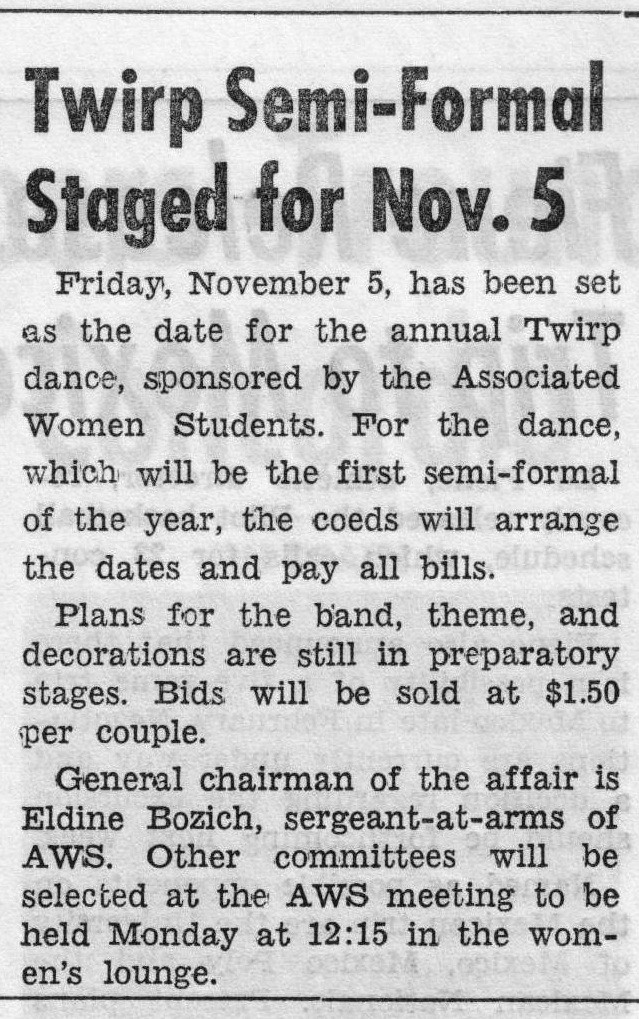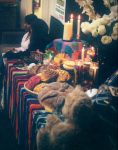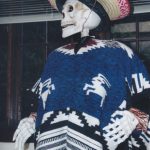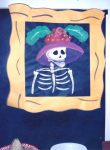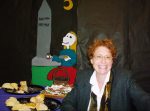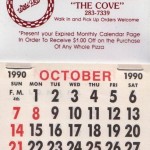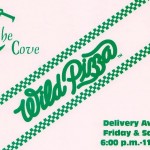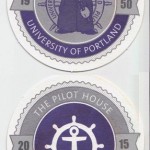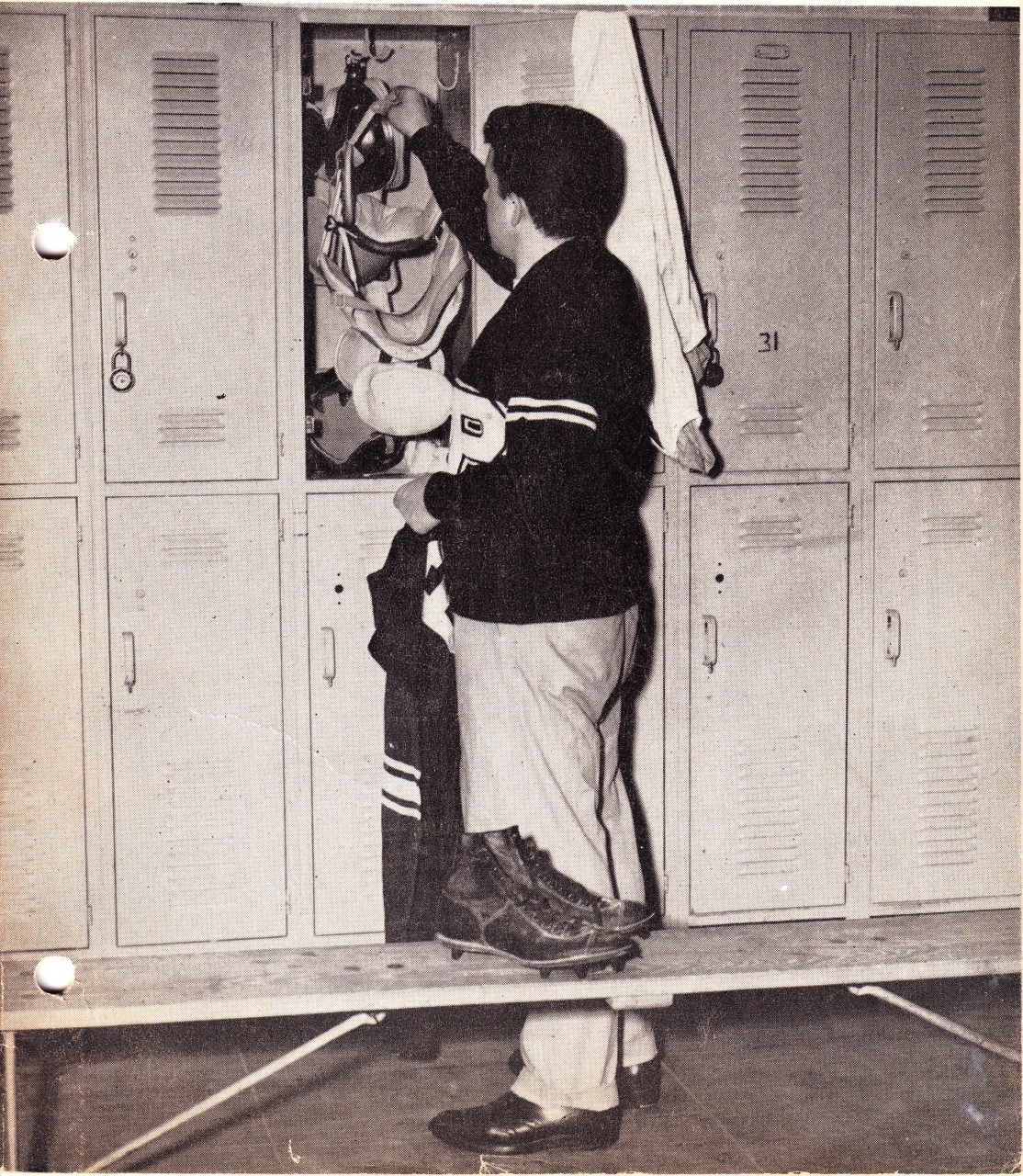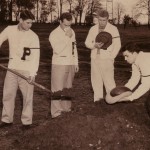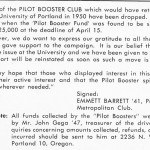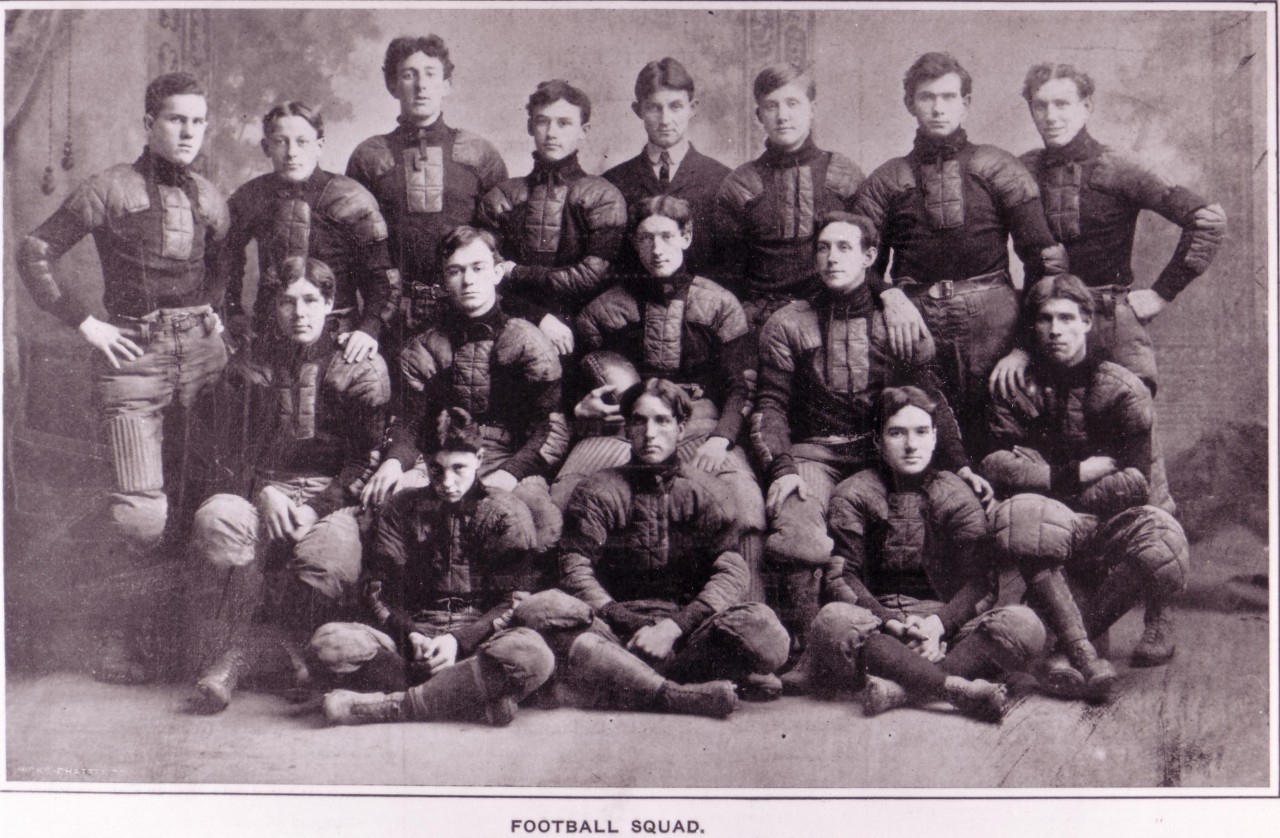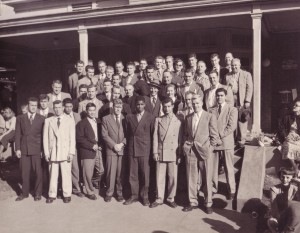
Tailgating is coming back to UP! The Athletic department is spotlighting tailgating for five 2025 soccer games this fall. For the sake of soccer, for Homecoming, for gathering together outside office or department, beyond a division, student club, team. Gathering as a group! Gathering for a social event wrapped around a sporting event.
Giving PortLog the opportunity to once more point out how ‘What is Old is New again‘. Tailgating, hospitality, bringing the student community out to cheer a sports contest at the same time we welcome alumni, fans, and friends and neighbors to the campus and celebrate our student athletes — this is long-standing tradition at UP, even before the smoke and kilts of the Villa Drum Squad.
The welcome efforts were first organized in 1937, when particular students — acting as parking attendants and campus ushers – formed a club to greet game-day visitors to campus. The newly formed service organization, Intercollegiate Knights, was called into action by Football Coach Bob Matthews (1937-1942) to promote and encourage Pilot spirit and hospitality at home games. Continuing into the 1990s Intercollegiate Knights, later Iota Kappa Pi, steadily expanded their community building activities beyond the parking lot. Still ushering sports events and regulating traffic, by the 1950s they were the student representatives and co-chairs of Red Cross Blood Drives, the United Fund, while also organizing student activities such as the Homecoming Torch-light parade, Thanksgiving & Christmas socials, as well as seasonal tasks such as stacking logs for the fireplace in the Student Lounge, and taking the lead in cleaning and landscaping the Victory Bell, Bus Stop, and campus signage.
Oddly, in past issues of The Beacon, student journalism chooses not to highlight pre-game parking lot grilling and barbeque, frisbee toss, bean-bag pitches. The post-weekend coverage tends to center on the game and the seasonal prospects of the sports team. That is, when reporting game results, the social side of how the campus brings together neighbors from all parts of the City of Portland is taken for granted. But the memories taken away by the crowds continue a long tradition in which our community hosts, celebrates, and participates in a wider family with fun and food, welcome and shared activities.
Filling stadiums and parking lots, displaying loyalty to Pilot Purple Pride.

From 1937, then as now, the sports fields were front-facing features of campus located along Willamette Boulevard. And therefore, Student and visitor parking, and pre-game gatherings too, then as now, occupied that same territory. The precursor of the current parking lot accomplished and paved in stages between 1947-1952, with an estimated capital cost of $1,250.00.
(Photo: Fr. Bill Coughlin, CSC, parking monitor, 1958)
Related Stories:
Taste of UP for Families
Orphan Holiday






